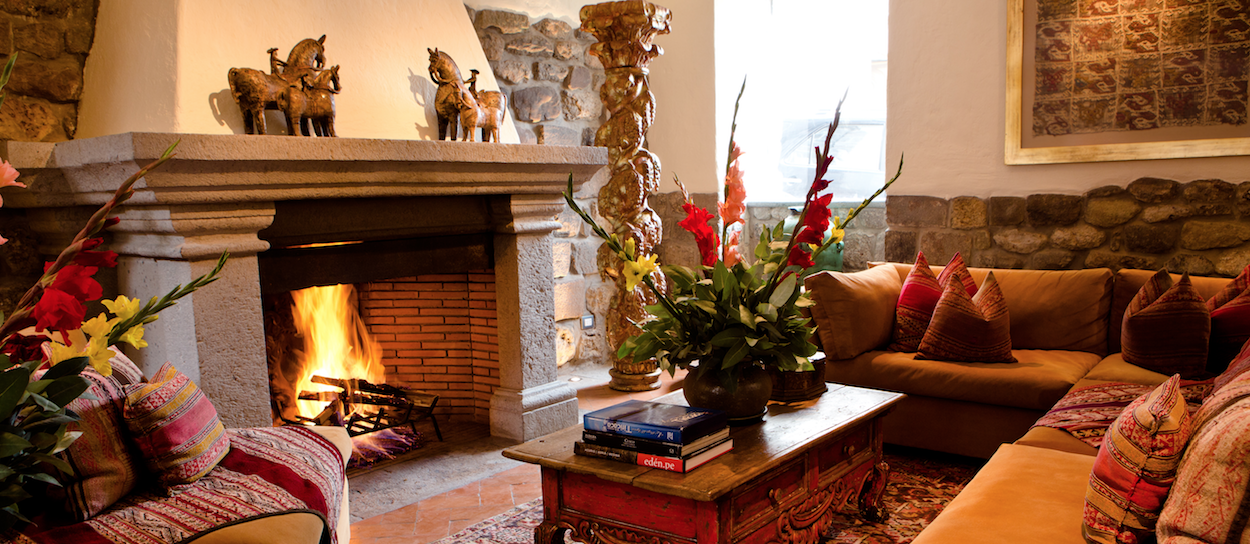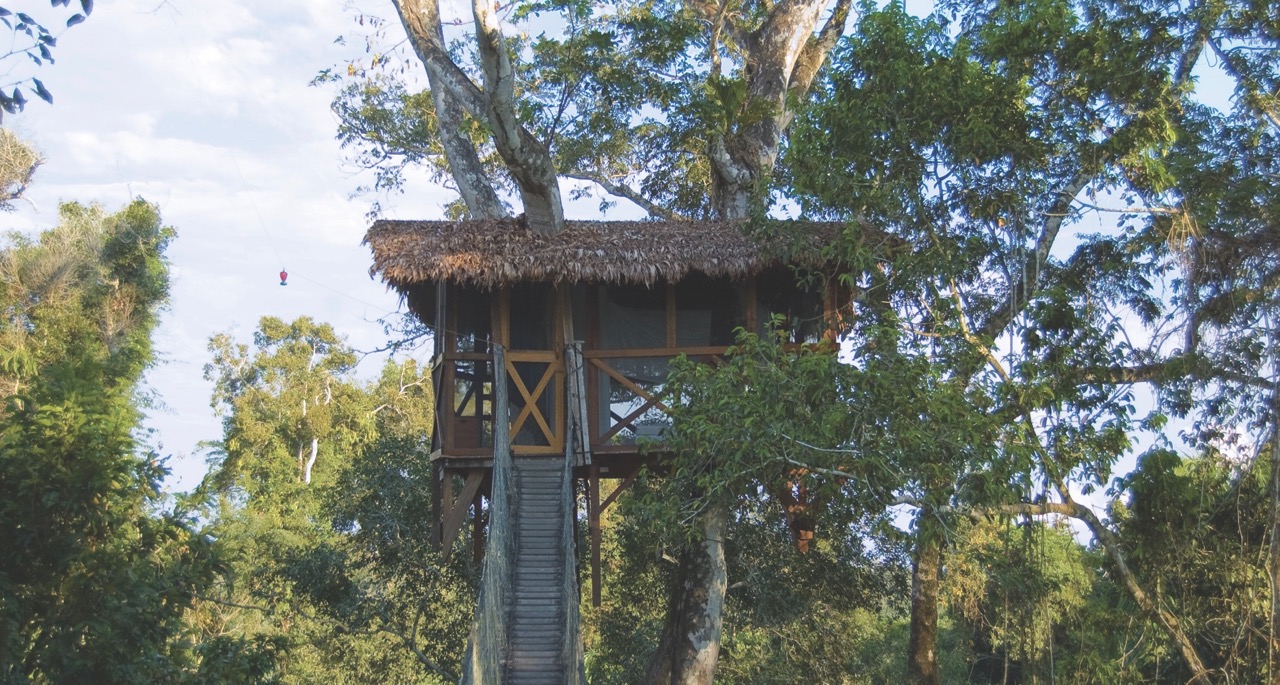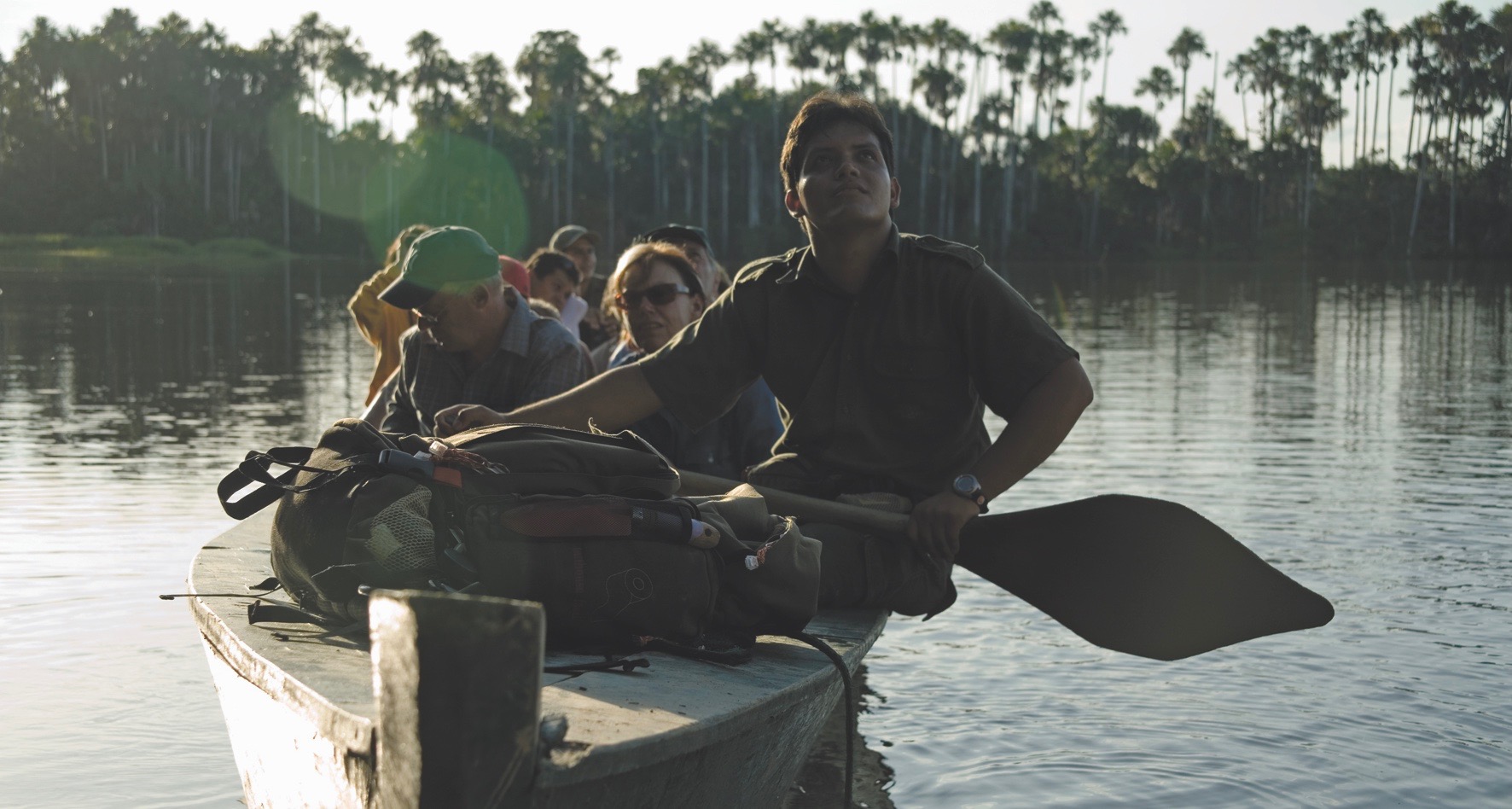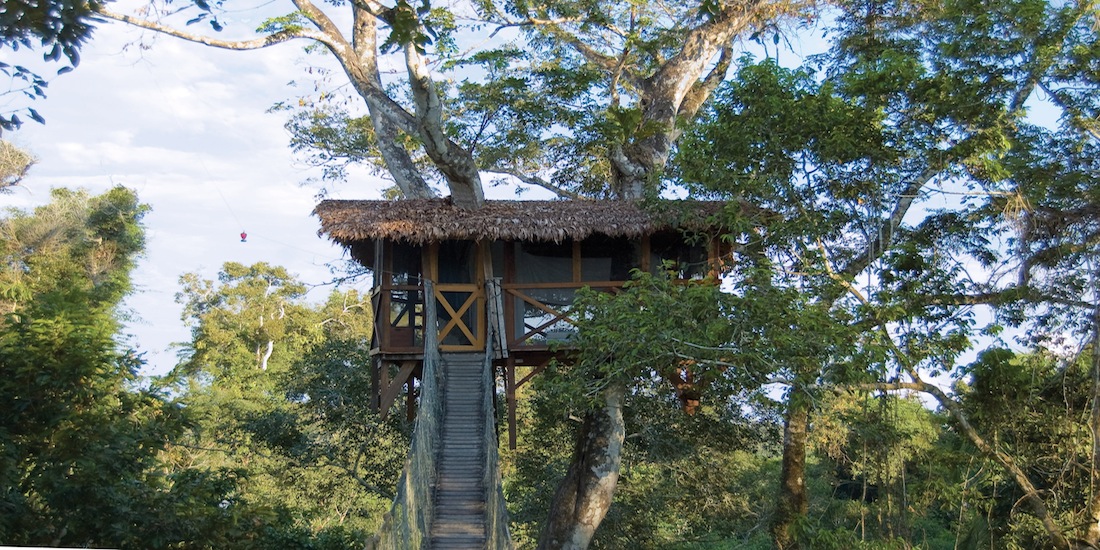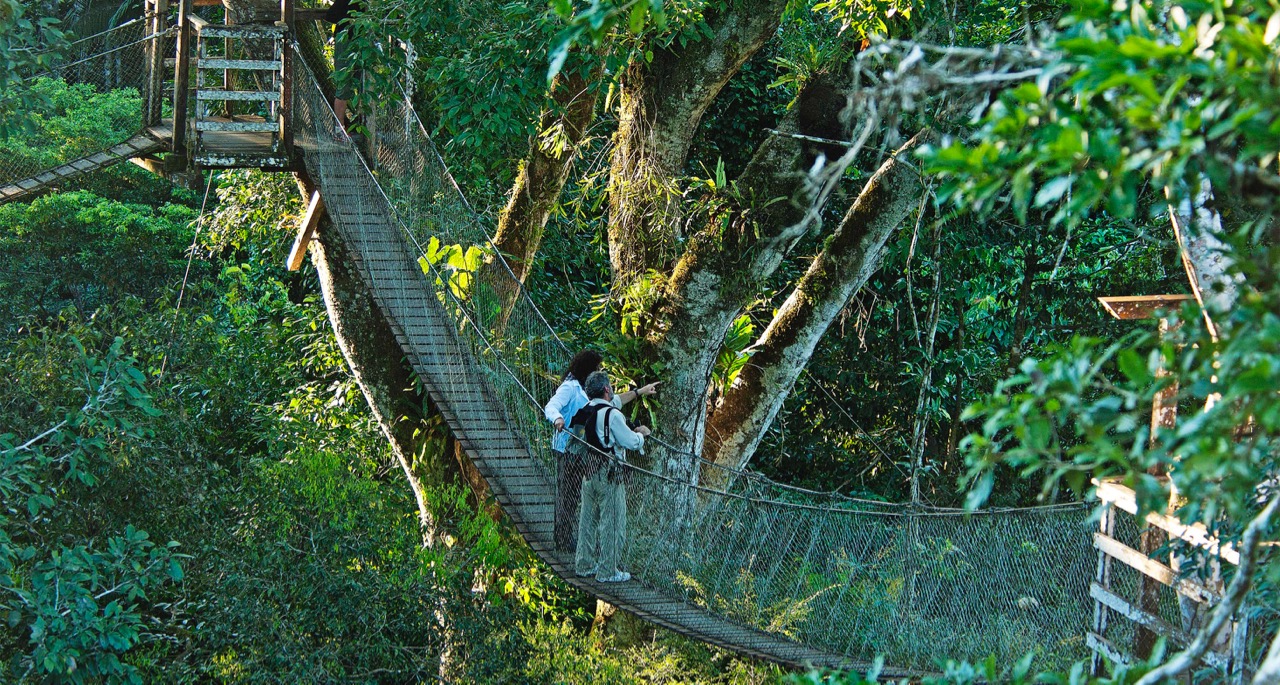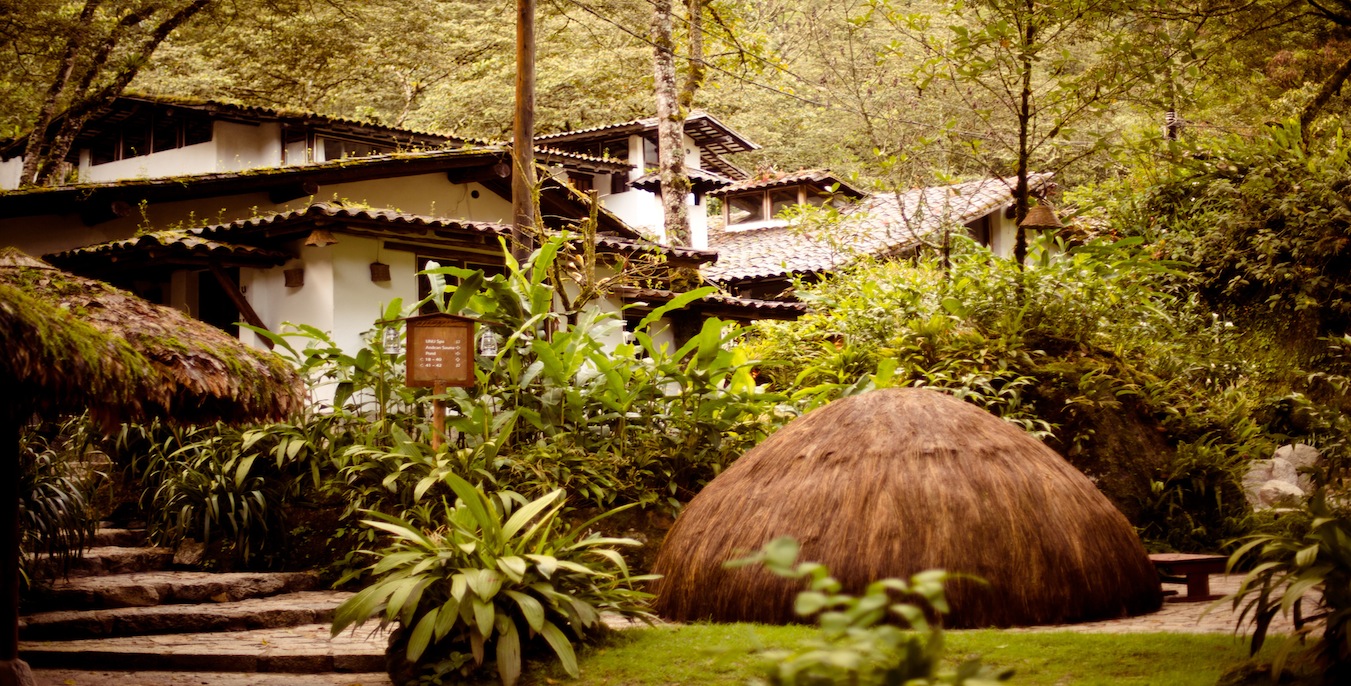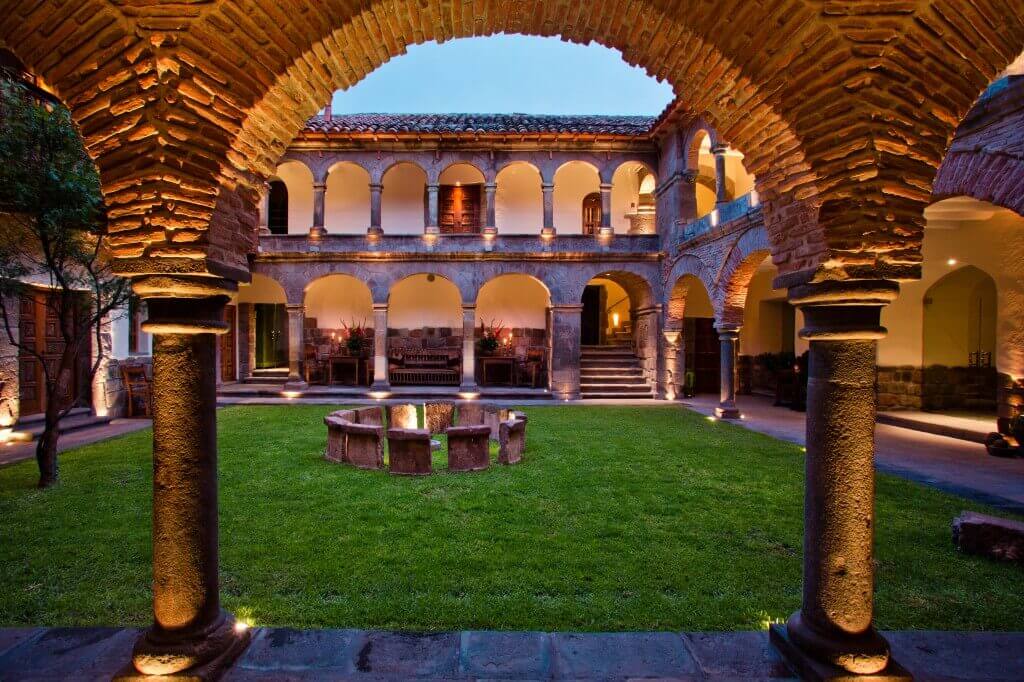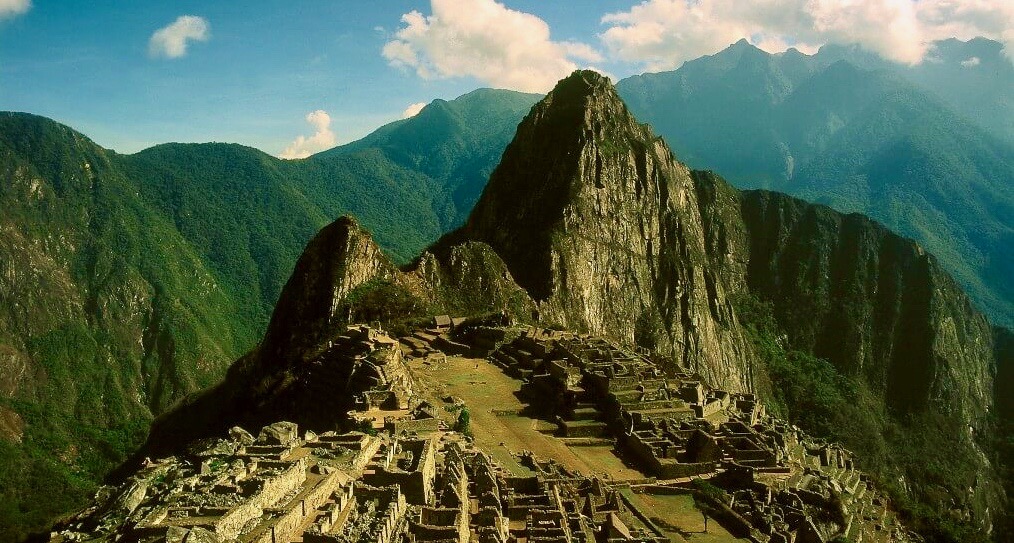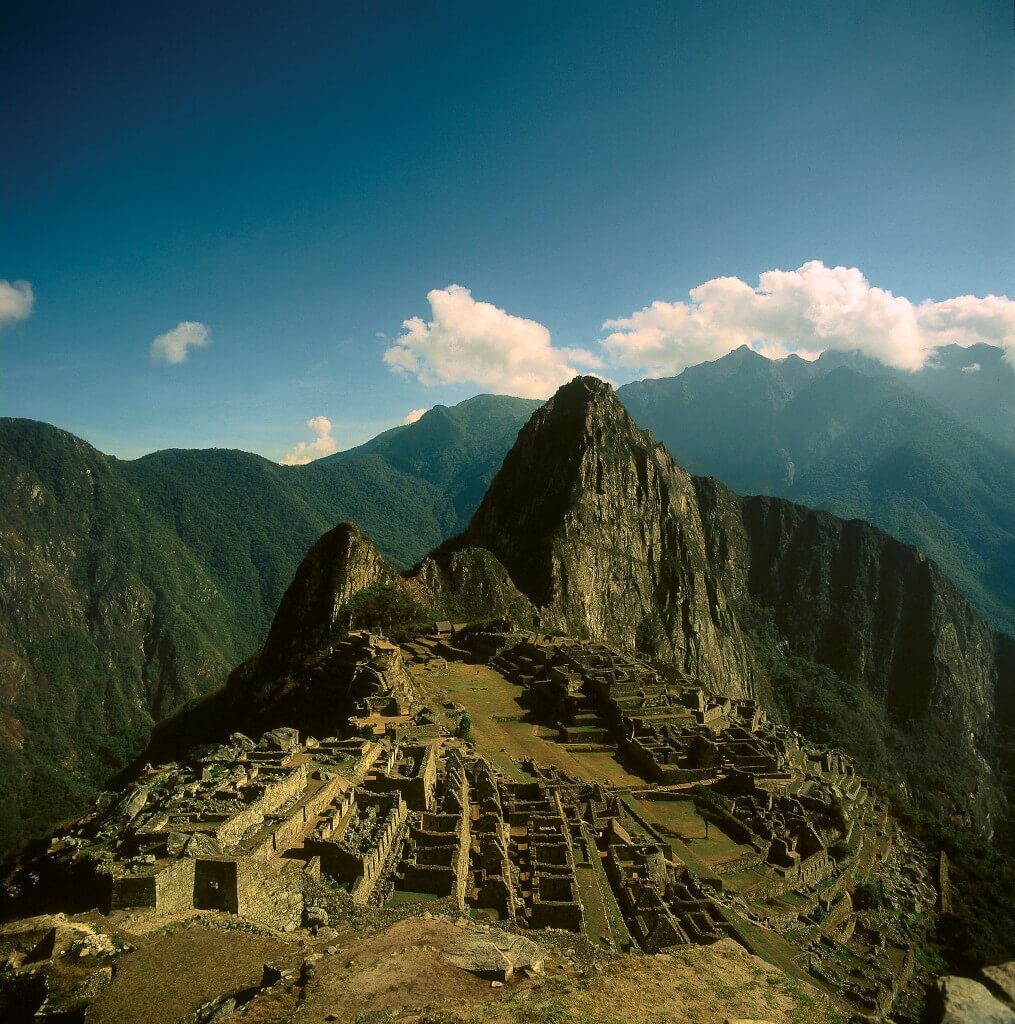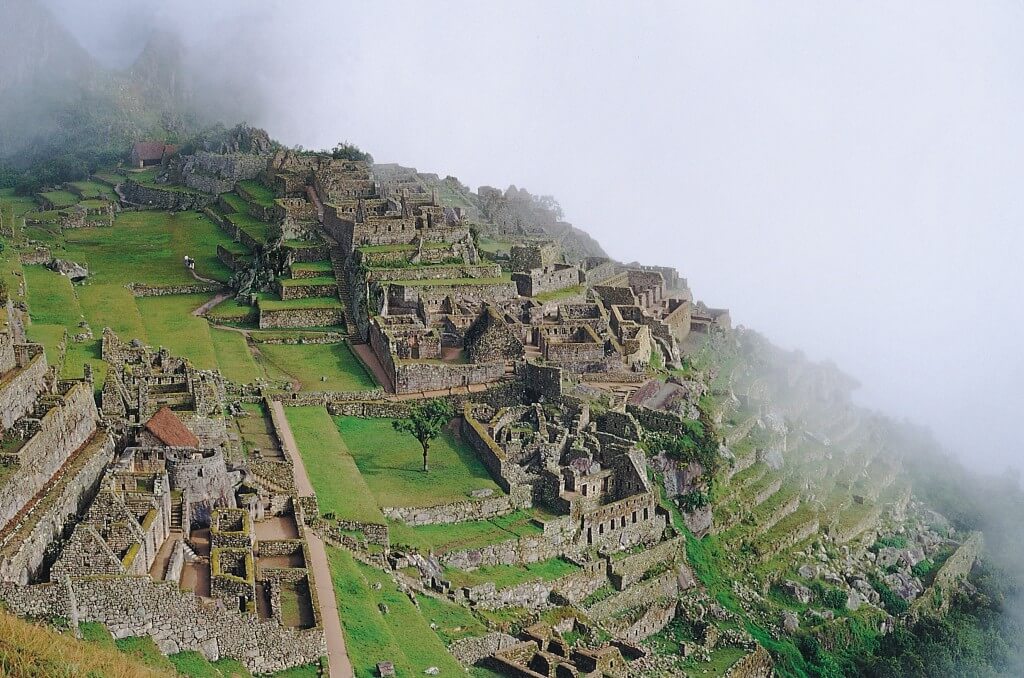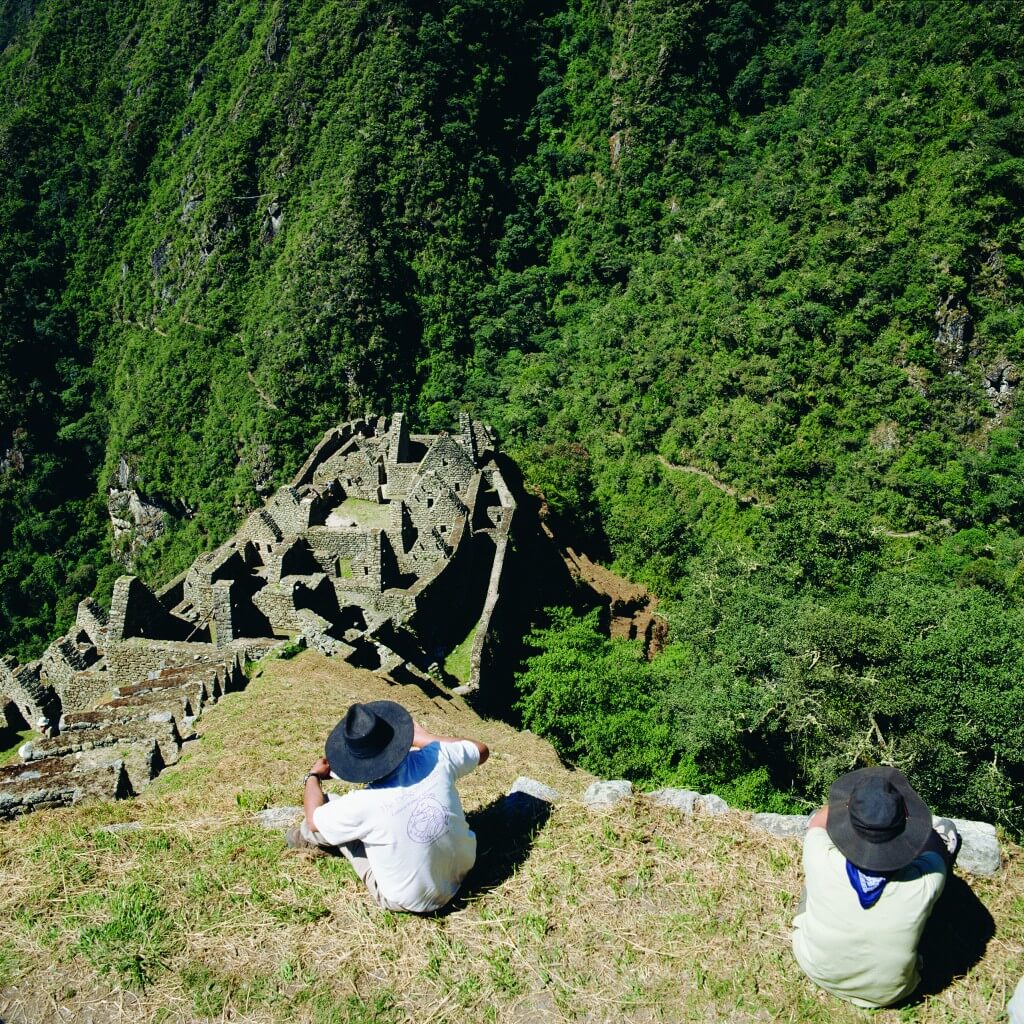Around the world, Christmas, for many, evokes a sense of joy. It is a time when families gather together and reflect on the year that has gone by, share stories and exchange gifts, usually accompanied by a range of edible delights. Peru is no different and has been celebrating Christmas for centuries and practising traditions that treasure our heritage.

The celebrations begin on 24th December, La Noche Buena, ‘The Good Night’ as families get together and usually stroll through the main square and partake in local festive activities. This is extremely special in Cusco where the square, Plaza de Armas, is infused with Christmas spirit. In true Peruvian-style, it becomes awash with vibrant colours as friends and families gather. Cusco also hosts Santuranticuy, literally meaning ‘selling of saints’, a traditional market where Peruvians flock from all over the country to sell handcrafted goods. A popular purchase is pieces for the nativity or images of the scene. Visitors wander the crowds, sipping on ponche, a hot alcoholic beverage, or perhaps a hot chocolate for the children. Guests, over the festive season, at Inkaterra La Casona are fortunate enough to be able witness these magical Cusco traditions.
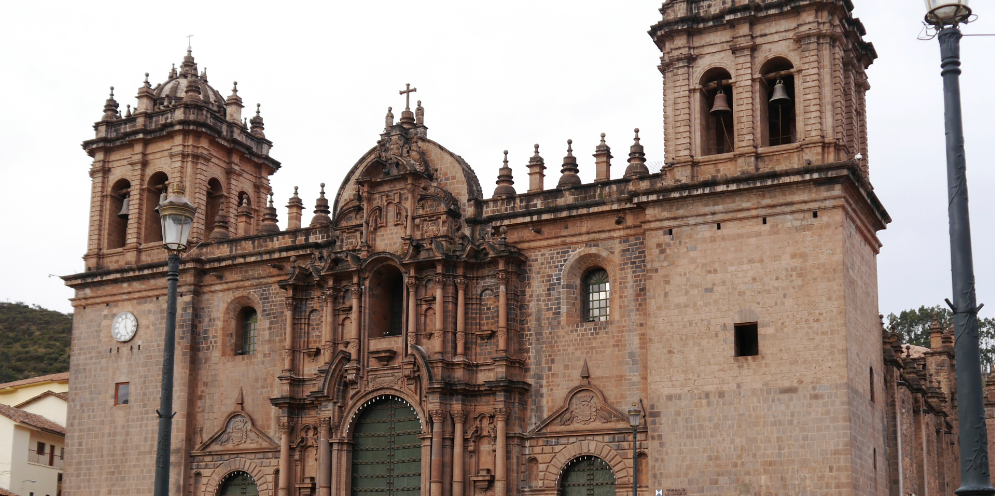
Also known as Retablos, the nativity scene is an important part of Peruvian Christmas decorating. Christmas trees have become popular, however it is the Retablos that take pride of place in front rooms and living rooms. Retablos were used historically by priests to convert the Indigenous population, and are still part of culture today. The manger in a nativity scene is usually carved from wood by the Quechua Indians, and on La Noche Buena it may not be Father Christmas but in fact Niño Jesús who comes to fill stockings left by the manger.
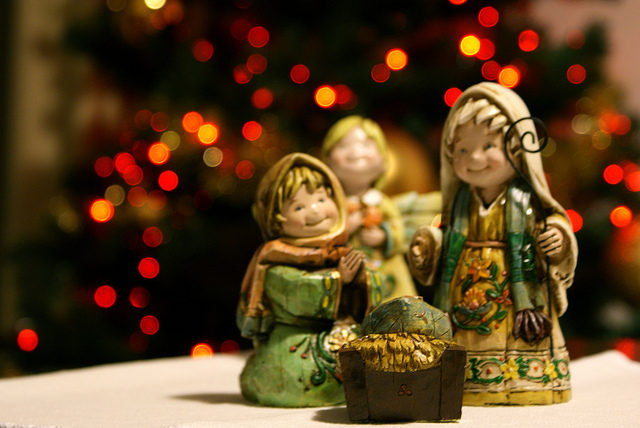
Flickr image courtesy of Pedro Dias http://bit.ly/1OLcBNU
La Noche Buena continues and can be different depending on family preferences. As the clock strikes twelve marking the start of Christmas Day some families choose to have their Christmas dinner, although the excitement to unwrap gifts means that this is often postponed. Some Andean communities celebrate with a meal and opening of gifts on the 6th January during Epiphany – Adoración de Reyes Magos. Festive feasts vary, but many opt for lechón, roast suckling pig, in coastal regions fish dishes are popular or Andean pachamanca in the highlands or a roasted wild chicken. No matter the food, dining is bound to be a banquet finished with panetón, a sweet bread loaf filled with raisins and candied fruits, originating from Italy and now a Peruvian Christmas classic. The party doesn’t end here as the children are then sent to bed and the adults continue the celebrations through the night.
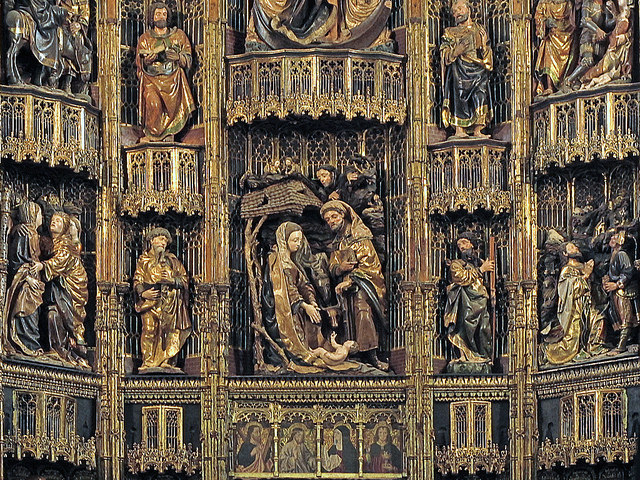
Flickr image courtesy of jacinta lluch valerohttp://bit.ly/1U4LyRm
All that’s left to say is Feliz Navidad, Happy Christmas to everyone wherever and however you choose to celebrate.


